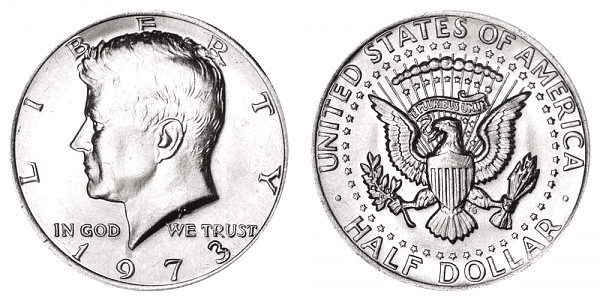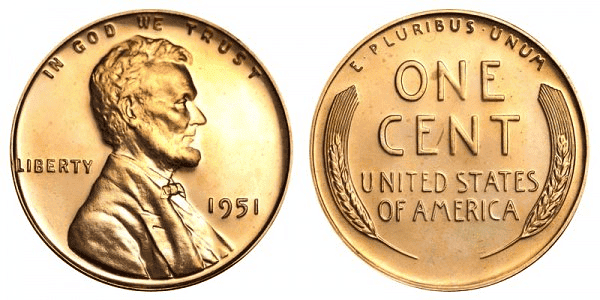Diamonds, the epitome of luxury and desirability, come in a spectrum of colors, each with its own unique allure and price tag. The value of a diamond often hinges on its color, with rarity and demand dictating its worth in the global market. This article delves into the 15 most expensive diamond colors, exploring the factors that make each shade a coveted treasure.
Red Diamonds
 Image Editorial Credit: Retouch man / shutterstock
Image Editorial Credit: Retouch man / shutterstock
The rarest of all, red diamonds command astronomical prices, often exceeding $1 million per carat. Their extraordinary color and extreme scarcity ensure their position at the pinnacle of diamond value.
Blue Diamonds
 Image Editorial Credit: Retouch man / shutterstock
Image Editorial Credit: Retouch man / shutterstock
With hues ranging from sky to deep ocean blue, blue diamonds are highly prized. The presence of boron imparts the blue color, with prices reaching up to $3.93 million per carat for the most vivid shades.
Pink Diamonds
 Image Editorial Credit: kai keisuke / shutterstock
Image Editorial Credit: kai keisuke / shutterstock
Pink diamonds, with their romantic hue, are both rare and expensive, fetching up to $1.19 million per carat. The Argyle mine in Australia, a significant source, has heightened their allure by producing some of the most vivid pinks.
Green Diamonds
 Image Editorial Credit: Elizabeth_0102 / shutterstock
Image Editorial Credit: Elizabeth_0102 / shutterstock
The natural irradiation process gives green diamonds their color, making them unique and highly valuable. Depending on their intensity and hue, green diamonds can cost up to $3.08 million per carat.
Orange Diamonds
 Image Editorial Credit: photo33mm / shutterstock
Image Editorial Credit: photo33mm / shutterstock
Orange diamonds are rare and fetch high prices, with the “Pumpkin Diamond” being one of the most famous examples. Their fiery color can command prices of up to $2.95 million per carat.
Yellow Diamonds
 Image Editorial Credit: Levon Avagyan / shutterstock
Image Editorial Credit: Levon Avagyan / shutterstock
Also known as canary diamonds, yellow stones are sought after for their vibrant color. Some of the most intense yellow diamonds can fetch prices up to $16,500 per carat.
Purple Diamonds
 Image Editorial Credit: Mihai Simonia / shutterstock
Image Editorial Credit: Mihai Simonia / shutterstock
Mysterious and enchanting, purple diamonds are rare and can command high prices, with costs significantly increasing with the depth of color.
Violet Diamonds
 Image Editorial Credit: HamsterMan / shutterstock
Image Editorial Credit: HamsterMan / shutterstock
Violet diamonds, distinct from purple, possess a mesmerizing hue, often fetching high prices in the market due to their rarity and unique color.
Black Diamonds
 Image Editorial Credit: Palantir Studios / Shutterstock
Image Editorial Credit: Palantir Studios / Shutterstock
Black diamonds, known for their bold and dramatic appearance, have gained popularity and value, especially in modern jewelry designs.
Brown Diamonds
 Image Editorial Credit: Finesell / shutterstock
Image Editorial Credit: Finesell / shutterstock
Once considered less desirable, brown diamonds have gained popularity and value, with their earthy tones appealing to those seeking a unique and natural look.
Gray Diamonds
 Image Editorial Credit: Manutsawee Buapet / shutterstock
Image Editorial Credit: Manutsawee Buapet / shutterstock
Gray diamonds offer a sophisticated and understated beauty, with their price dependent on the intensity and appeal of their coloration.
Champagne Diamonds
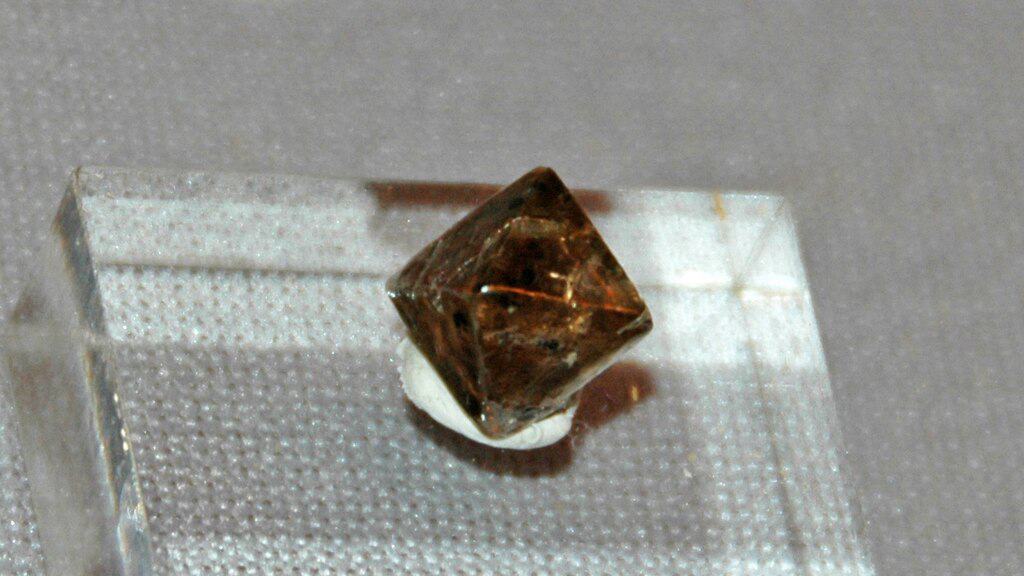
Champagne diamonds, with their warm, rich tones, offer an elegant alternative to traditional colorless diamonds, with their value increasing with the intensity of their hue.
White Diamonds
 Image Editorial Credit: Retouch man / shutterstock
Image Editorial Credit: Retouch man / shutterstock
White diamonds, known for their classic appeal, vary widely in price, with their value determined by the absence of color, clarity, cut, and carat weight.
Colorless Diamonds
 Image Editorial Credit: Olenyok / shutterstock
Image Editorial Credit: Olenyok / shutterstock
The most iconic and traditional of diamonds, colorless stones are prized for their purity and brilliance, with prices reflecting their quality and size.
Chameleon Diamonds
 Image Editorial Credit: Irina Pechorina / shutterstock
Image Editorial Credit: Irina Pechorina / shutterstock
These unique diamonds can change color from green to yellow depending on the lighting and temperature, making them rare and highly prized among collectors.
This article is originally appeared on Rarest
More from Rarest
10 Rarest Cattle Breeds in the World
 Provided by Rarest.org
Provided by Rarest.org
Across the globe, cattle have been bred and cherished for centuries, each breed with its own unique characteristics and heritage. However, some breeds stand out not only for their distinct features but also for their rarity. In this article, we delve into the world of cattle breeding to explore the 10 rarest cattle breeds on the planet. Read More
What Is the 1973 Kennedy Half Dollar Made Of?
Provided by Rarest.org
The 1973 Kennedy half dollar is made of 75% copper and 25% nickel. The coin is clad with nickel, and its core is pure copper. However, the Kennedy half dollar was initially made of 60% copper and 40% silver, produced from 1965 to 1970. Read More
1951 Wheat Penny Value Guide
Provided by Rarest.org
The Lincoln cent, also known as the Lincoln penny, has a face value of $0.01. The U.S. Mint has struck this coin since 1909. The Lincoln penny has been produced for over a century now and is still in circulation up to the present. Read More.

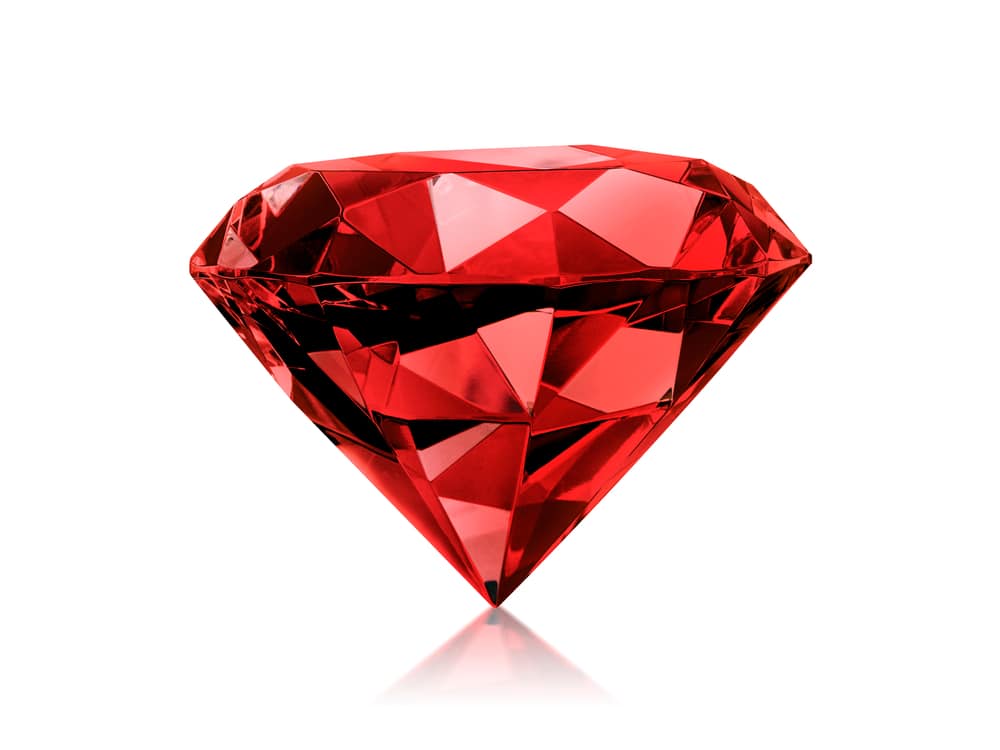 Image Editorial Credit:
Image Editorial Credit: 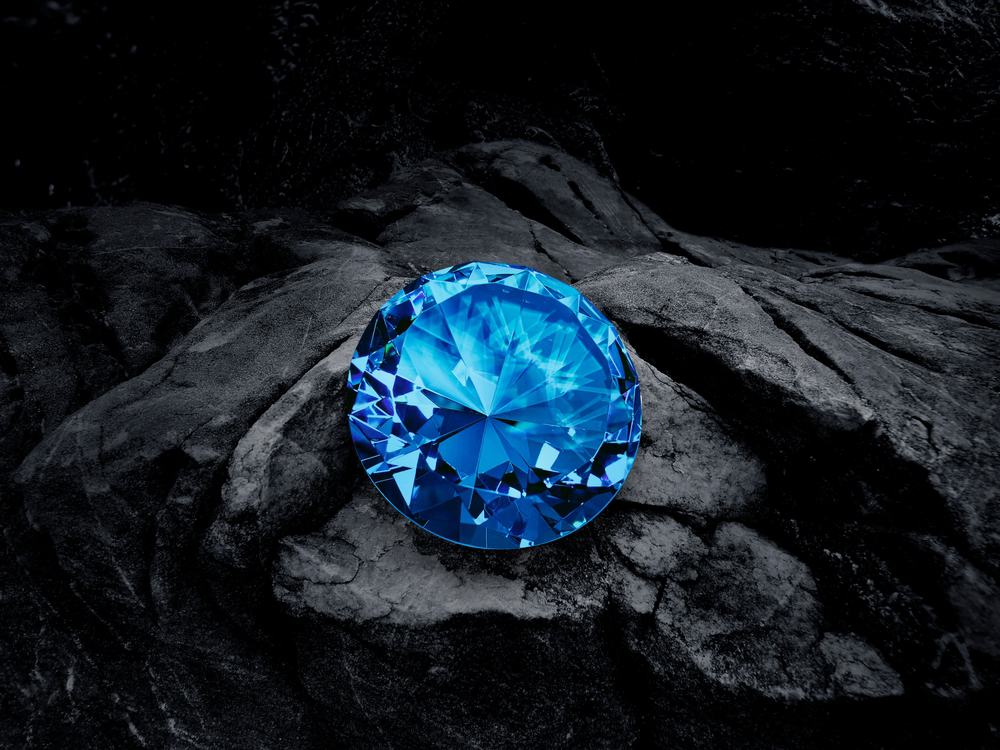 Image Editorial Credit:
Image Editorial Credit: 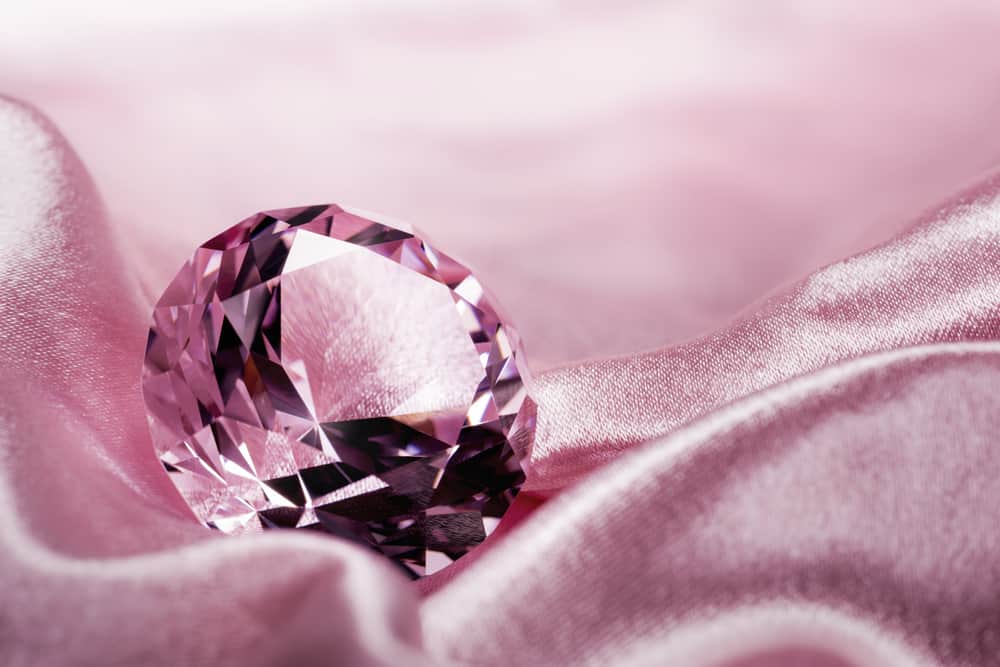 Image Editorial Credit:
Image Editorial Credit:  Image Editorial Credit:
Image Editorial Credit: 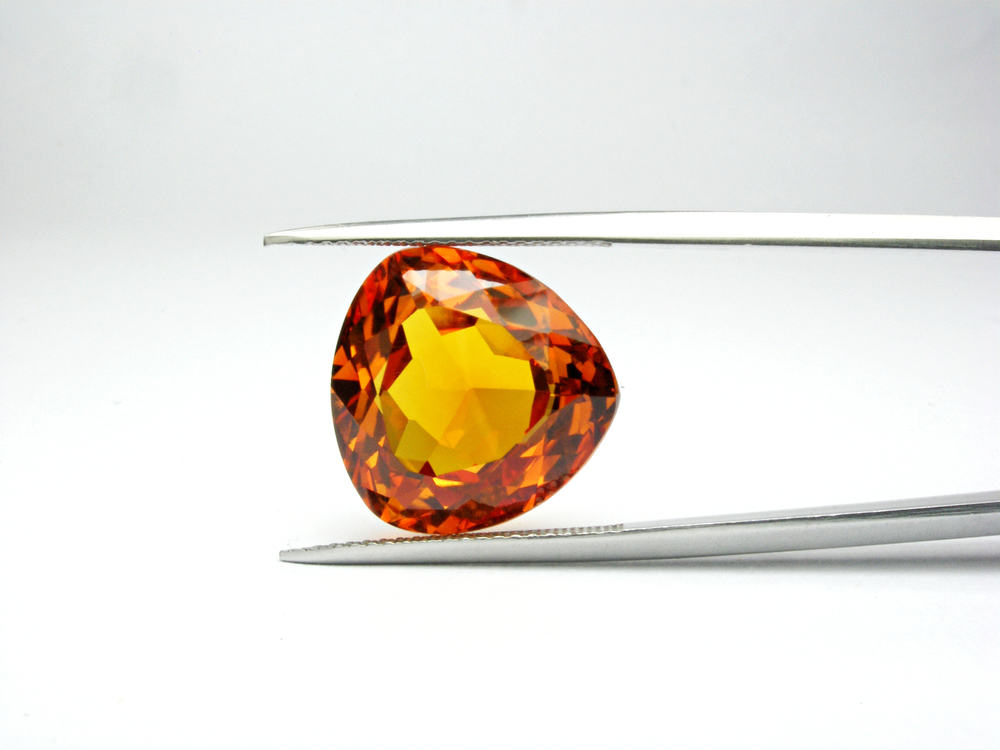 Image Editorial Credit:
Image Editorial Credit: 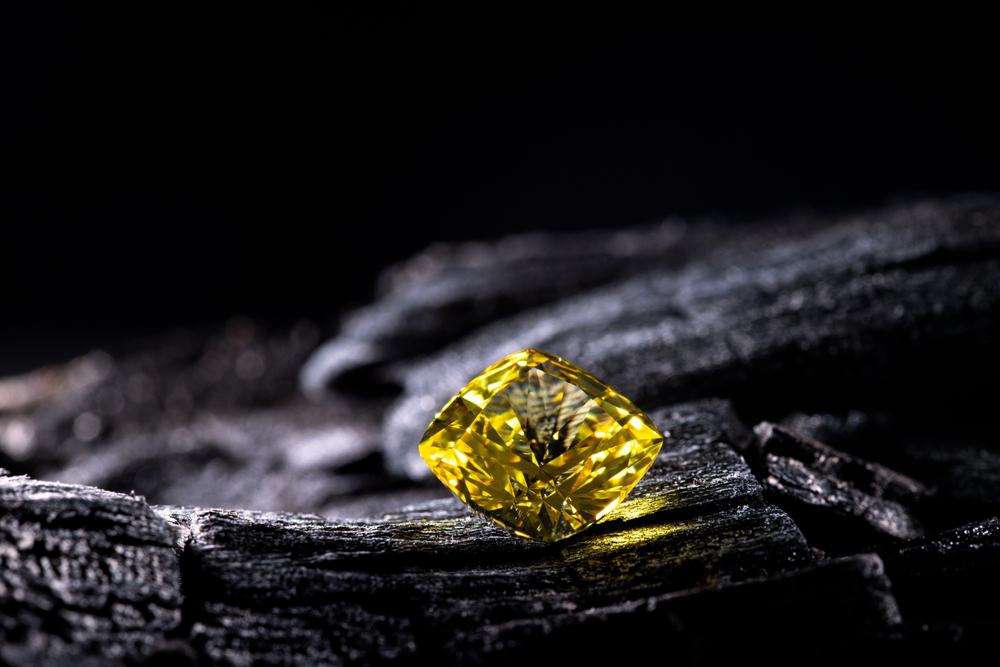 Image Editorial Credit:
Image Editorial Credit: 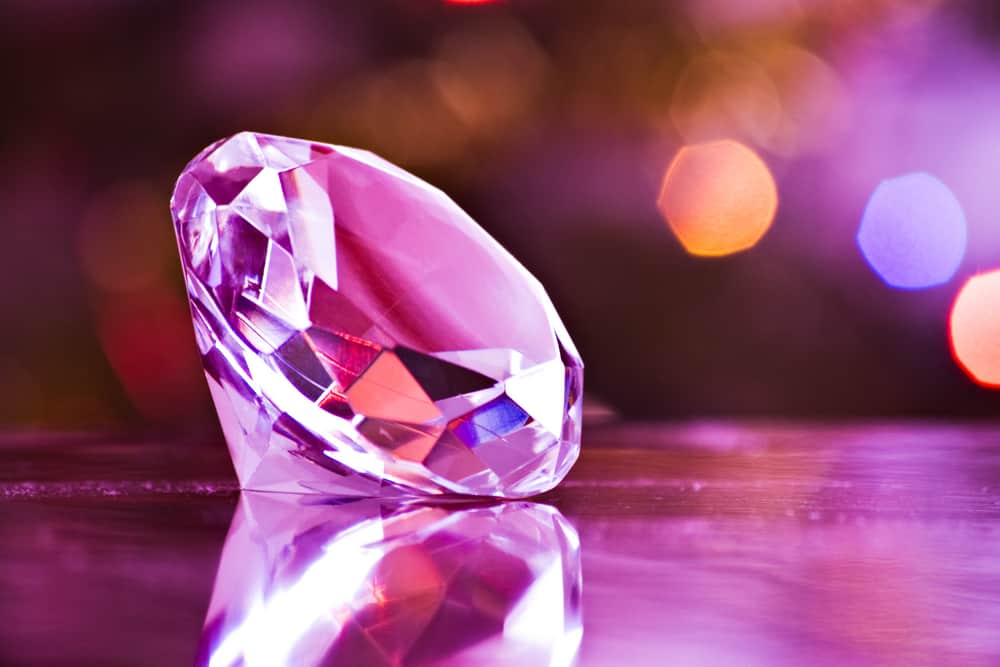 Image Editorial Credit:
Image Editorial Credit: 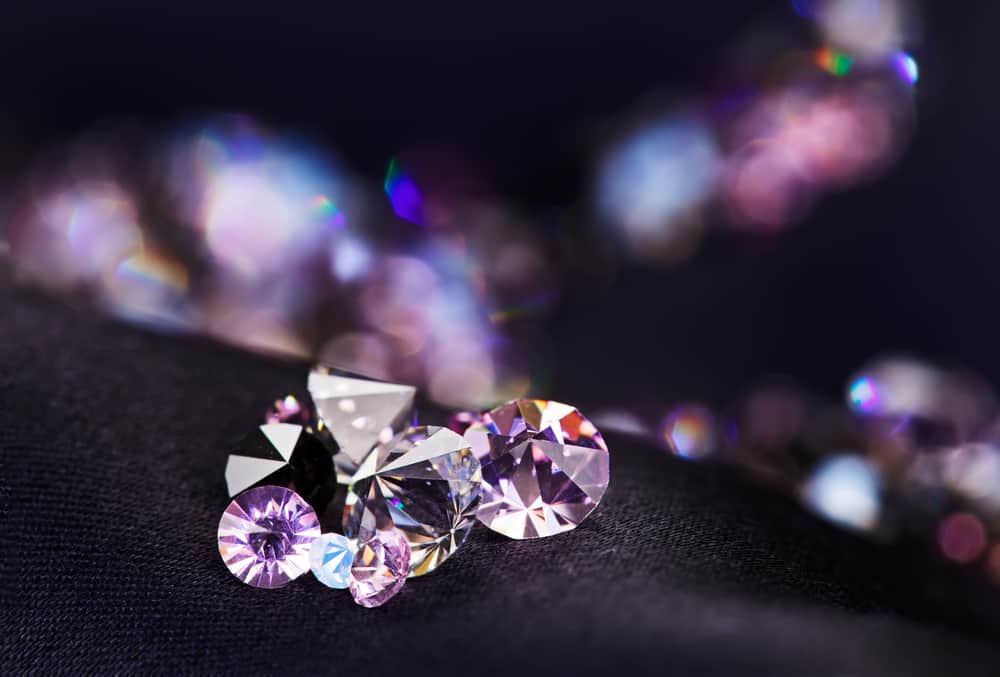 Image Editorial Credit:
Image Editorial Credit: 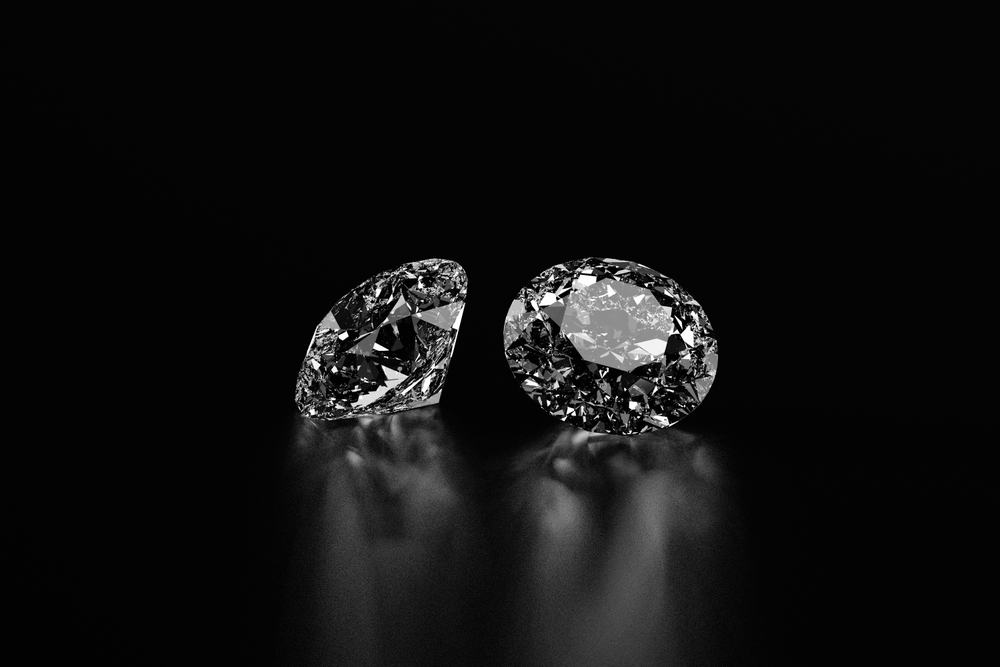 Image Editorial Credit:
Image Editorial Credit: 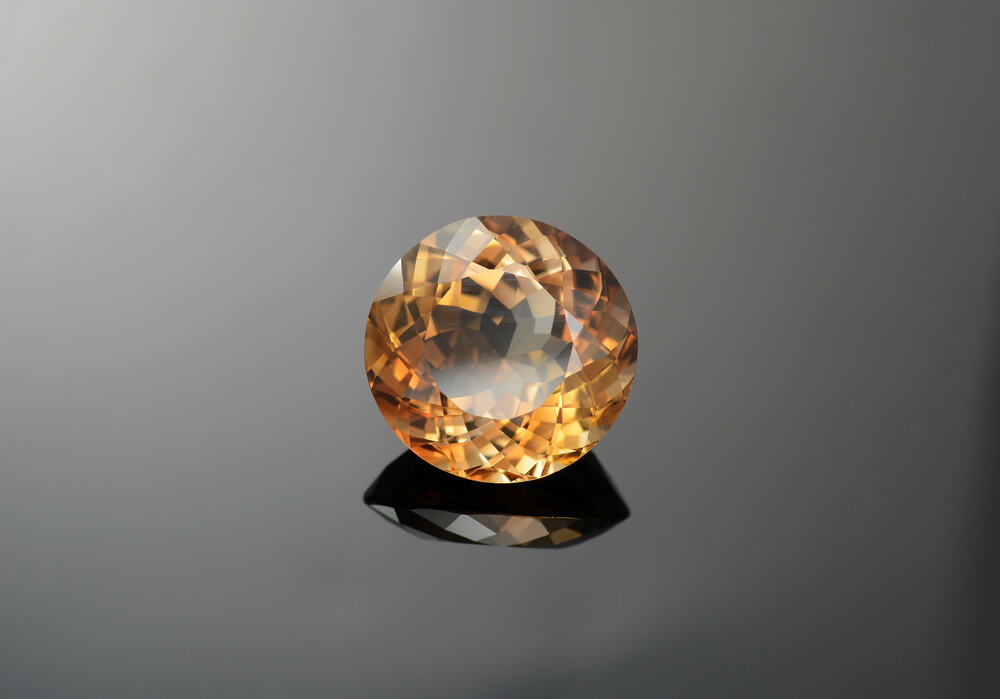 Image Editorial Credit:
Image Editorial Credit: 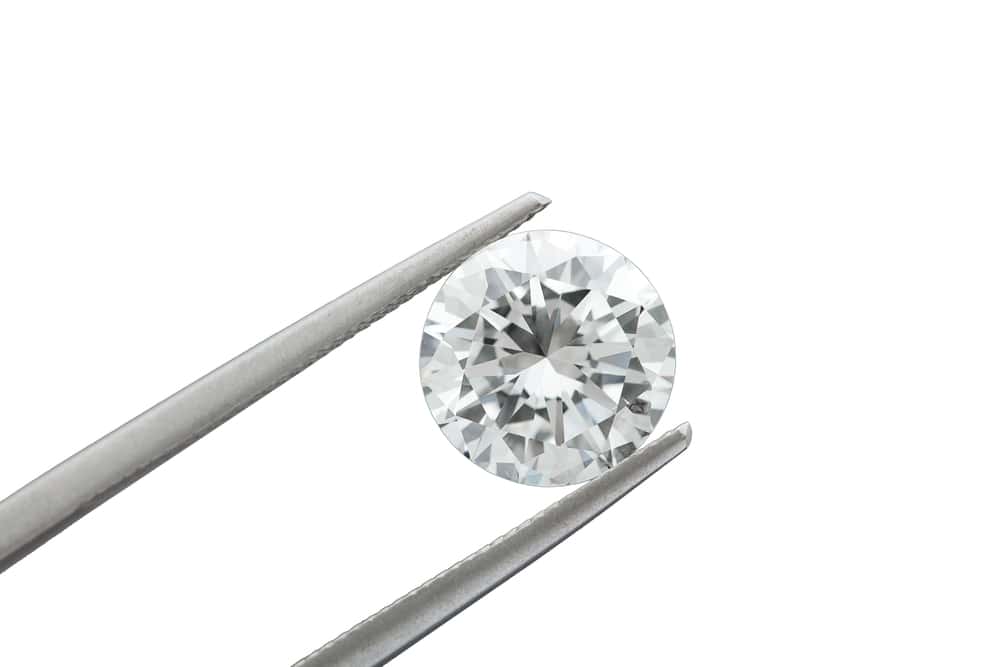 Image Editorial Credit:
Image Editorial Credit: 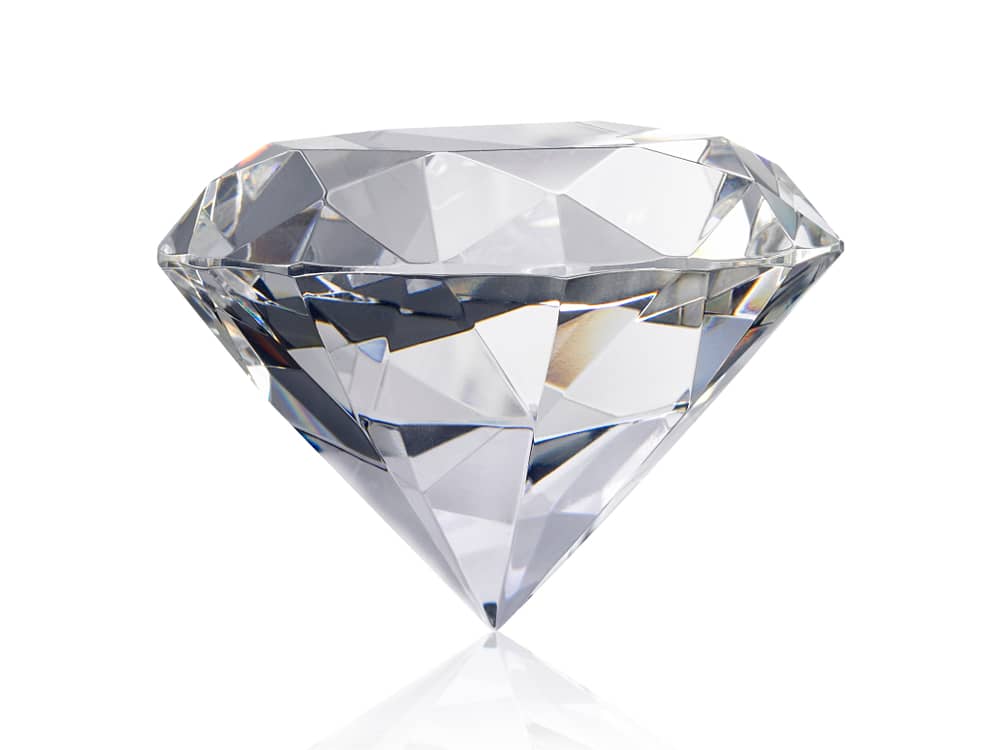 Image Editorial Credit:
Image Editorial Credit: 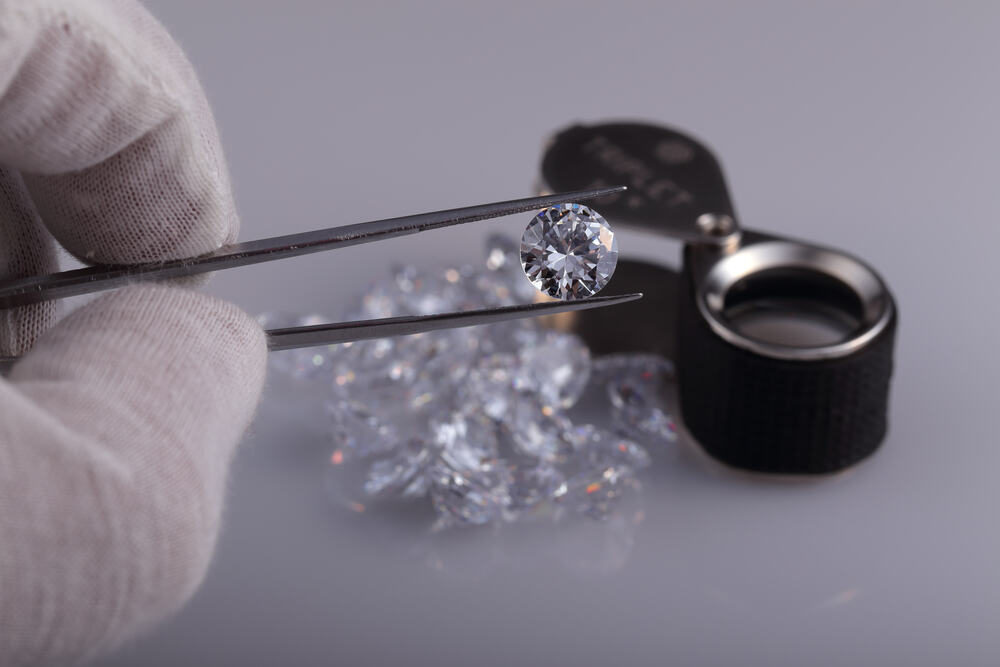 Image Editorial Credit:
Image Editorial Credit: 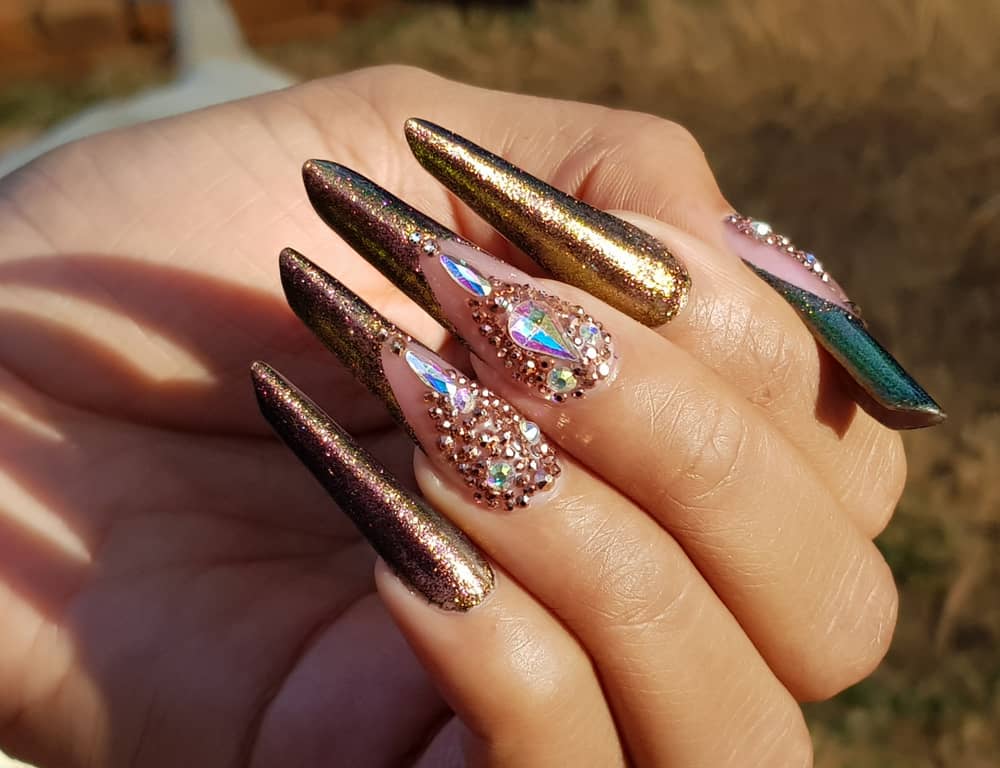 Image Editorial Credit:
Image Editorial Credit:  Provided by
Provided by 